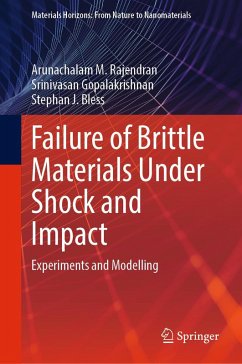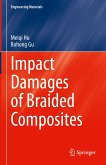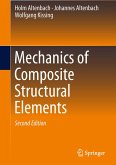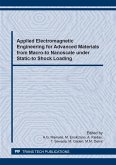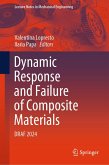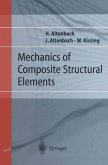For example, the book emphasizes the significance of validating numerical code solutions through simulations. This involves understanding and evaluating the impact of various factors such as appropriate boundary conditions, high-resolution finite element meshes, solution time steps, contact algorithms, interface modeling, artificial viscosity, erosion of elements, particle conversion, and model parameters on the accuracy of solutions. It selectively presents examples of modeling and simulations of ballistic problems drawn from the open literature.
While numerous articles on the book's topic exist in the literature, this volume integrates key aspects of high strain rate impact experiments, modeling, and simulations of brittle failure in ceramics, rocks, oil shale, and cementitious materials across various stress and strain states. To the best of the authors' knowledge, no other compilation covers such a wide array of experimental techniques used in this field, particularly for ceramics, yet adaptable for other heterogeneous brittle solids.
Despite the extensive literature on this subject, most impact experimental configurations have been limited to specific geometries and have not encompassed the broad range of techniques necessary to characterize and validate constitutive behaviors used in modern numerical codes. Many researchers and engineers are often unaware of the specialized experiments and models presented in international conference proceedings or technical presentations. This book addresses that gap by encompassing a broader range of unique impact experiments, constitutive and damage modeling, and computational simulations not found in any existing publication.
Dieser Download kann aus rechtlichen Gründen nur mit Rechnungsadresse in A, B, BG, CY, CZ, D, DK, EW, E, FIN, F, GR, HR, H, IRL, I, LT, L, LR, M, NL, PL, P, R, S, SLO, SK ausgeliefert werden.

